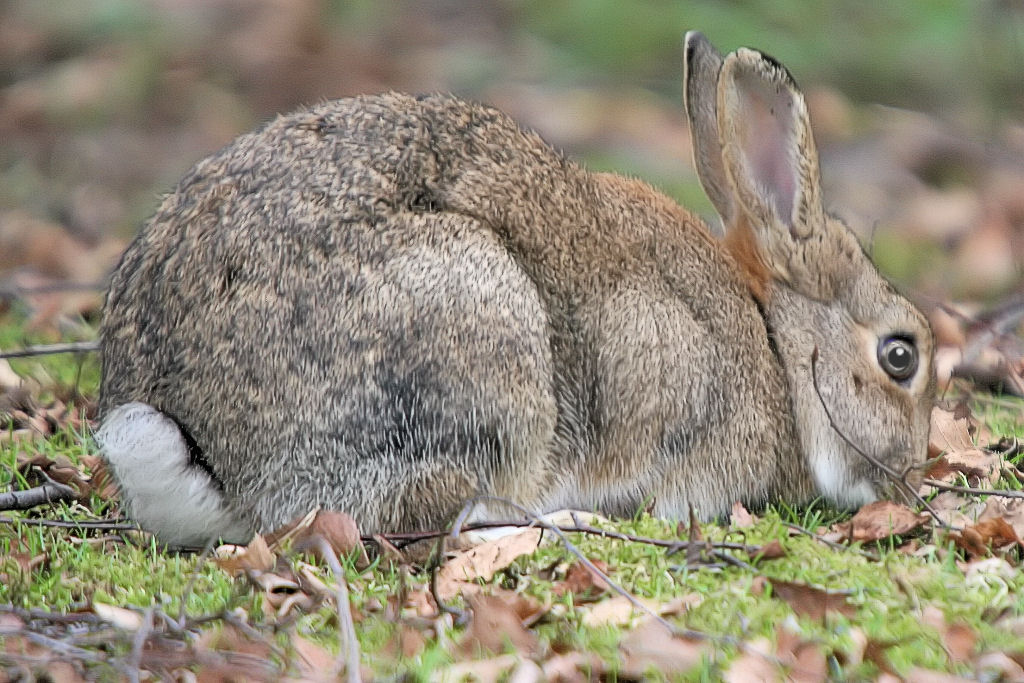
When we think of phenomena, we usually think of things that are big and dramatic, hence the expression, “that’s phenomenal!” The biggest science phenomenon of the summer may have been the solar eclipse – huge and spectacular (unless you watched it from Long Island, in which case it may have felt like a bit of a tease). The devastating hurricanes that came at the end of summer are also awe-inspiring (although devastating) phenomena.
But “phenomena” has a broader meaning. In Next Generation science, a phenomenon doesn’t have to be big –it can be anything that sparks curiosity and makes us want to know more. A tiny ant carrying a larger insect, a drop of water clinging to a leaf, a magnified grain of sand are all phenomena that can be used to introduce science units because, more than anything, they can inspire us to ask questions like: What is this? What is happening? How does that happen? Can we change what is going on? In Next Generation science, phenomena may or may not awe and amaze us, but they always make us wonder.
As elementary teachers we know all about getting kids to wonder – it’s a key part of our job. Now, as we begin to introduce Next Generation units, we’ll be thinking very deliberately about phenomena that can anchor units as well as phenomena that can introduce particular lessons within those units. The key is to choose phenomena that will get the students wondering, questioning, and lead us into investigations that allow them to discover core science concepts and make connections across disciplines.
Phenomena can be introduced as photographs, videos, demonstrations, sensory experiences; but the best may be those we bring students outside to directly observe. For example: Rabbits are everywhere this fall. Take young students outside to observe them! Then show a photograph that highlights the ears. This will generate lots of questions: Why do they have such big ears? Do they hear better with those ears? What if their ears were not so big? This can be an excellent way to induce a grade 1 unit on sound, or a grade 4 unit on external structures of animals. After the rain, take young students out to see earthworms on the pavement. Then do some digging and observe them in the soil. This will generate lots of questions: Why do they come up from the ground when it rains? Will they die on the pavement? Will they drown in the water? How do they move in the soil? This can be a way to introduce a grade 3 unit on environment and survival, grade K unit on push and pull.
Getting outside provides us with an endless source of phenomena to grab student interest, generate excitement and elicit the kinds of questions we need in order to build understanding as our youngest students discover for themselves the amazing way our world works.

